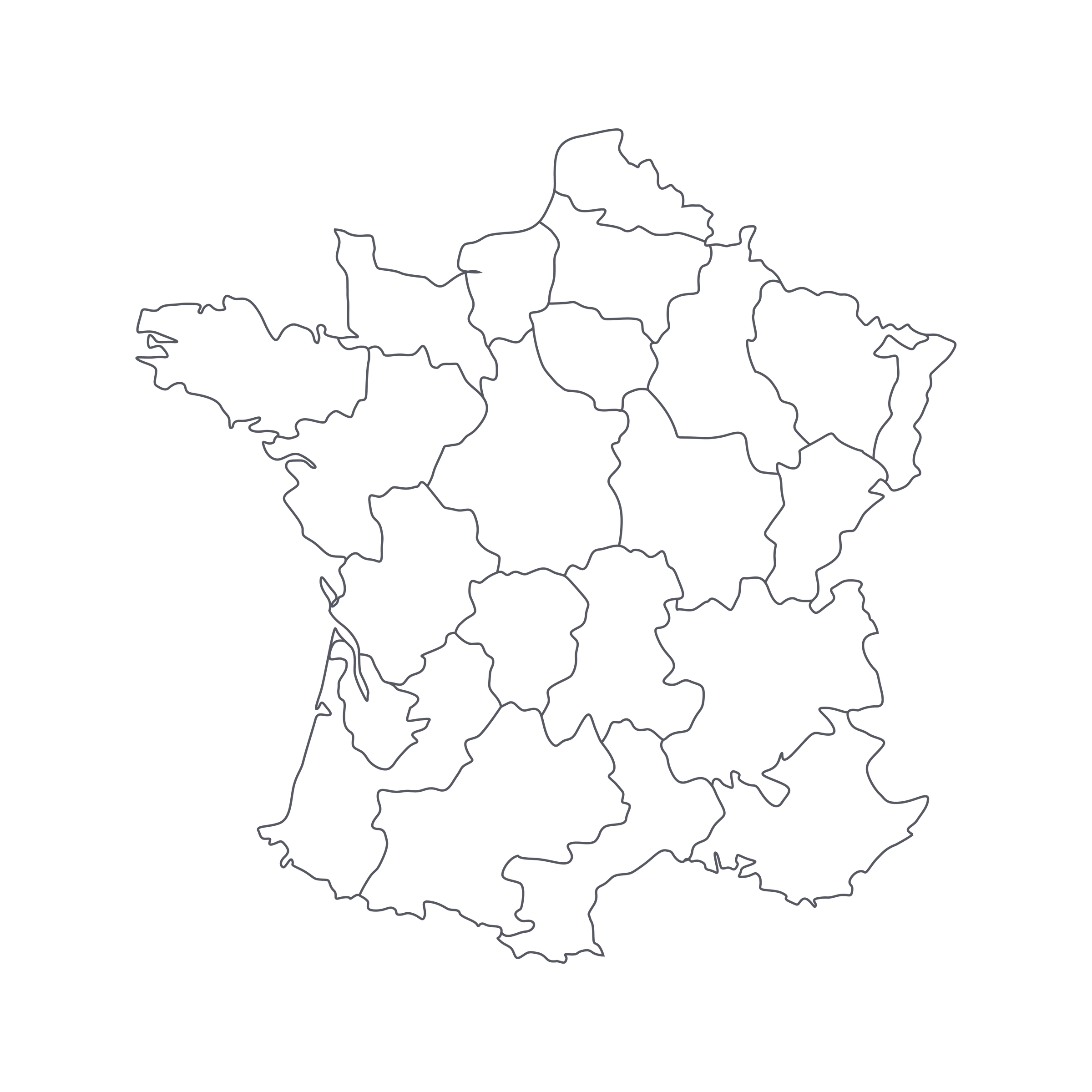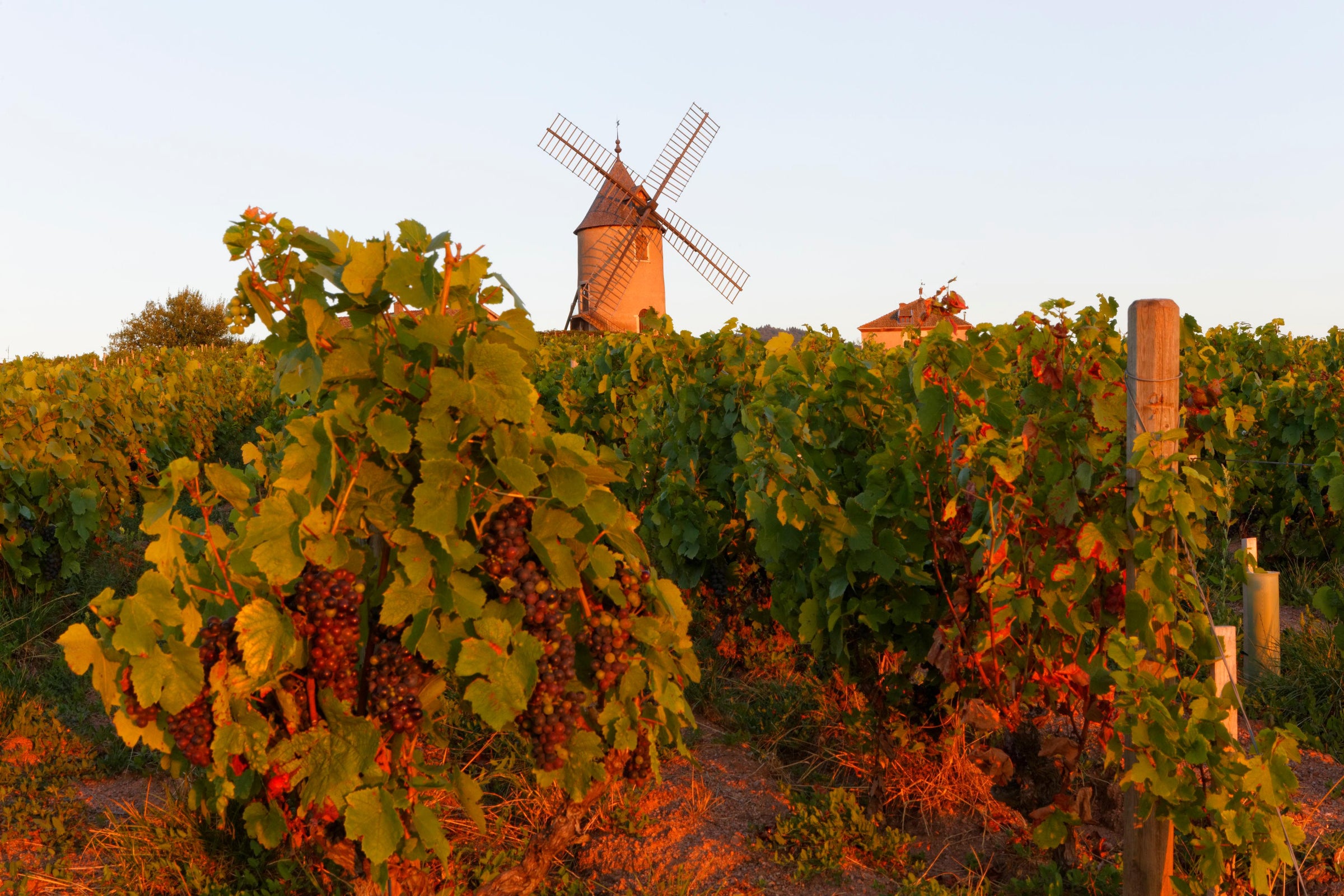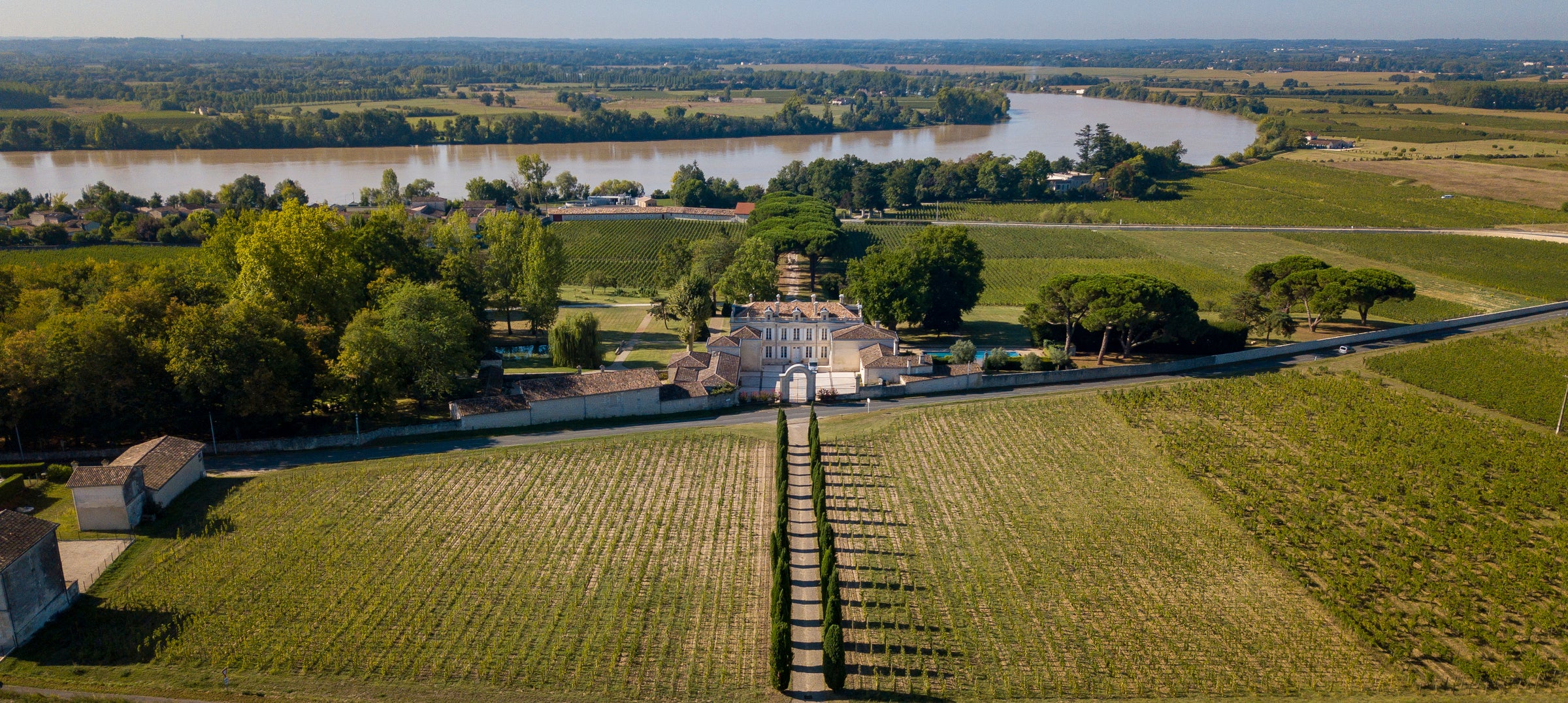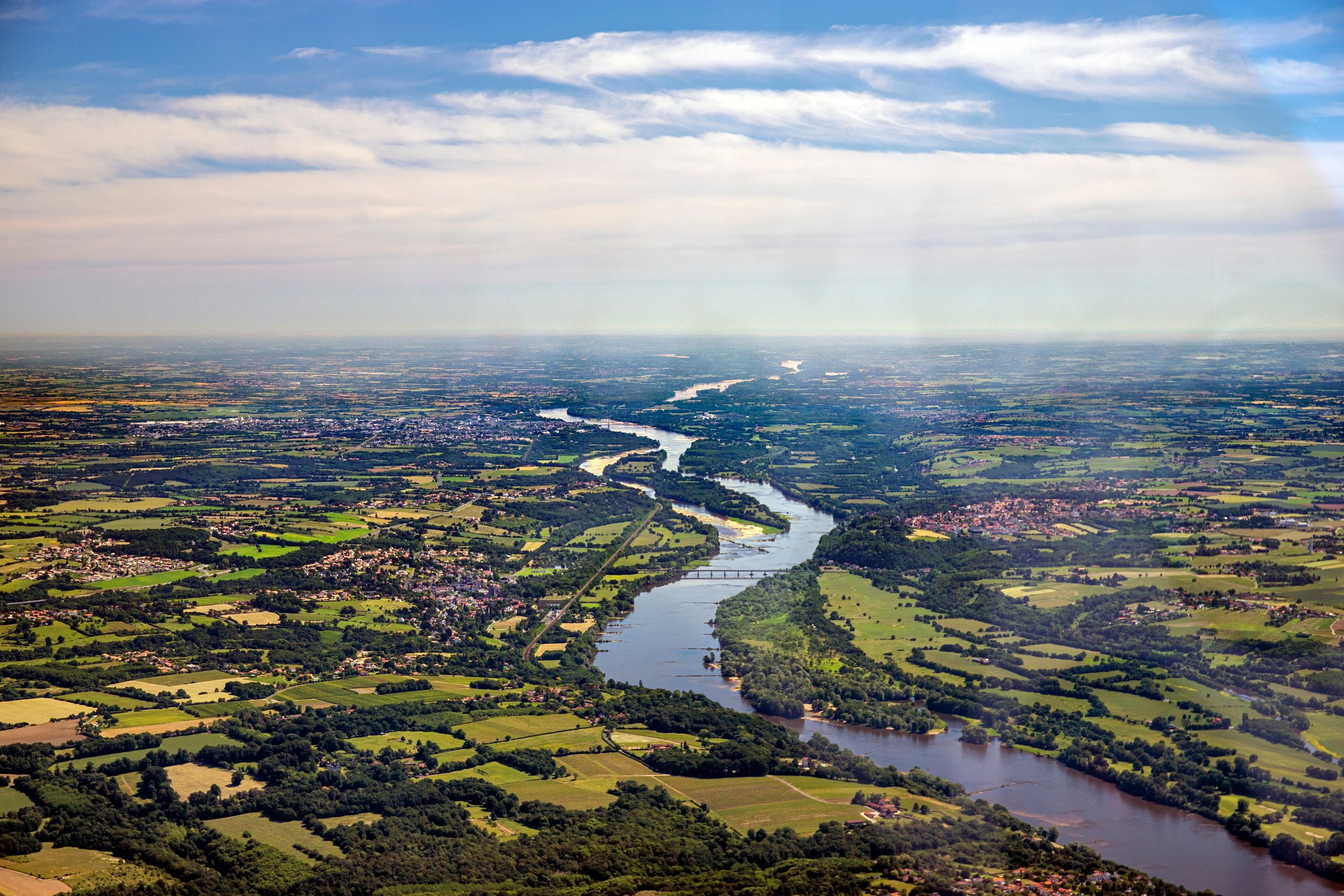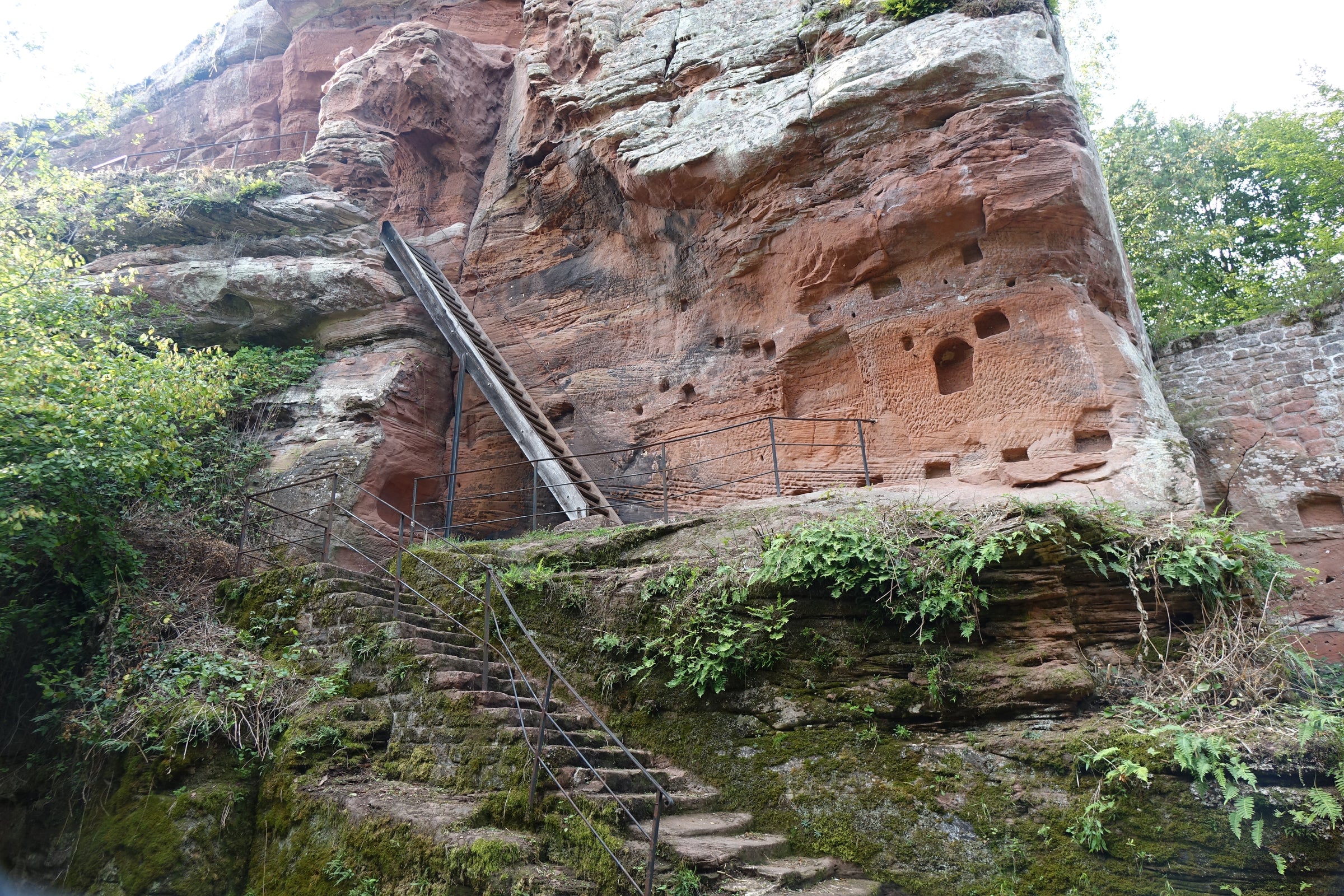Fellow Burgundy geeks, break out your vineyard maps and behold one of the most undervalued, trivia-question white Burgundies we’ve offered all year (maybe ever). Just as we revel in the many incredible values to be found in the Corton-adjacent village of Pernand-Vergelesses, today we ascend the Corton hill on its eastern flank, from the little-talked-about village of Ladoix and its Premier Cru “Les Gréchons.”
This is a wine that requires a little digging, but once you realize what you’ve got—and especially once you taste today’s 2016—you realize you’ve found the wine equivalent of buried treasure. Whereas Grand Cru “En Charlemagne” sits up high on the western side of the Corton hill, Les Gréchons—all of 500 meters from Grand Cru “Le Corton” and Ladoix’s border with Aloxe-Corton—is perched at similar altitude on the opposite side, boasting an almost pure eastern exposure and producing Chardonnay of such opulence it could easily be mistaken for vastly more expensive Grand Cru. Today’s 2016 is a testament to the keen eyes and long reach of Remoissenet, the revered and resurgent
négociant house in Beaune. Remoissenet has been on a major winning streak lately, and for all the big-ticket, big-name gems we’ve offered from them recently, this $49 white may be the most exciting of them all. In a recent tasting, it blew away a Chassagne-Montrachet costing twice as much, and once you home in on Les Gréchons’ location, it starts to make sense why the wine is so good. We can offer up to six bottles per customer today, and trust me when I say it’s a conversation piece not just for the nomenclature on the bottle but the crystalline, deeply layered wine inside.
So much has happened at Remoissenet since new ownership took over in 2005. Established in 1877, this is one of Burgundy’s venerable négociant firms, but the label had lost a little of its toriginal luster. The new investor group installed a team that includes journalist-turned-GM Pierre-Antoine Rovani, winemaker Claudie Jobard, and cellar master Bernard Répolt, and these days, Remoissenet is one of the most dynamic properties in Burgundy. Whether by purchasing more estate-owned vineyards or developing closer, incentivized relationships with contract growers, Remoissenet’s chief investment has been in farming, and it shows in the quality of the wines. All Remoissenet-owned sites have transitioned (or are transitioning) to biodynamic farming, while at the same time, they are more closely managing contract growers with an eye toward maximum sustainability. Their reach remains quite broad, extending the full length of Burgundy’s Côte d’Or, but their approach is now much more hands-on.
Today’s 2016 comes from a parcel of Les Gréchons containing vines between 20 and 40 years of age. The soils in this cru are described as a mix of whitish marls and limestone with a heavy presence of ancient marine fossils, and the altitude of the site is relatively high at 900-1,200 feet. For this bottling, hand-harvested fruit was ‘whole-cluster-pressed’ into stainless steel for fermentation on native yeasts, after which it aged for roughly a year in used French oak casks.
From the moment the cork is pulled, and especially after some time splashing around in an open-mouthed decanter, this 2016 exudes luxury and refinement. It displays a luminous yellow-gold color and nice viscosity in the glass, with perfumed aromas of yellow apple, pear, white peach, acacia honey, salted lemon, fresh cream, wet stones, and a faint hint of warm spice. Medium-plus in body and already showing off a sleek, layered texture as a young wine, there’s nevertheless plenty of freshness keeping this many-layered beauty refreshing and bright. It’d probably be best to blind-taste people on this wine—it is so clearly pedigreed, and so readily identifiable as elite white Burgundy, that anyone you serve it to will be blown away by your sharp eye (“Ladoix? Who knew?” YOU did, that’s who). There are a lot of “undiscovered gems” out there in the wine world, but this one truly stands out. Try to keep a few of your bottles for longer-term aging: This is really going to be something special about 5 years from now, and should drink beautifully well past its 10th birthday. Serve it at 50-55 in great Burgundy stems and pair it with sweet-fleshed white fish or chicken. When you can get white Burgundy of this caliber at this price, it’s awfully hard to venture elsewhere for Chardonnay. You’ll see what I mean when you try it. Cheers!


